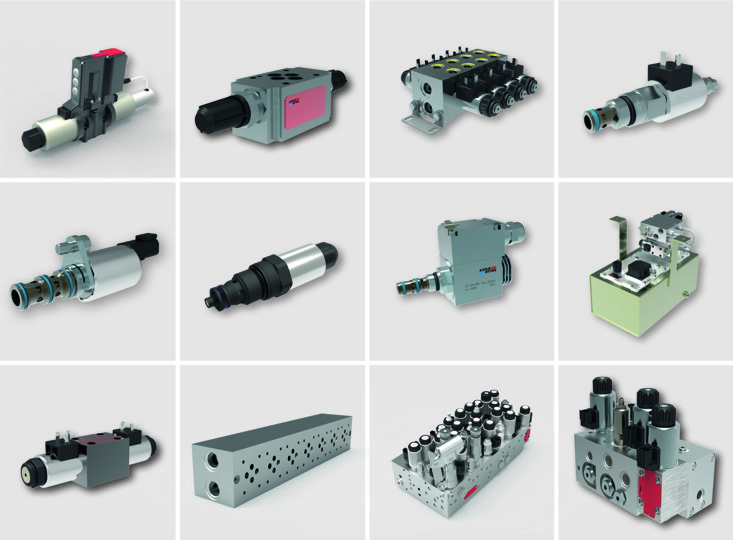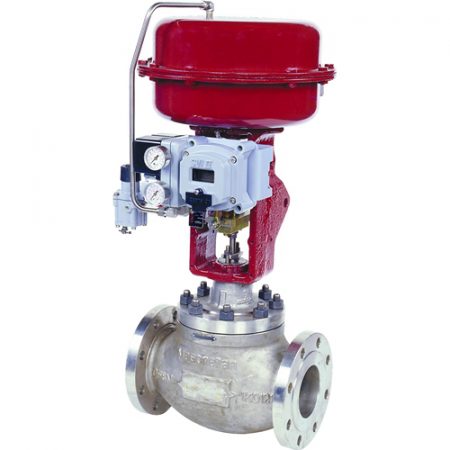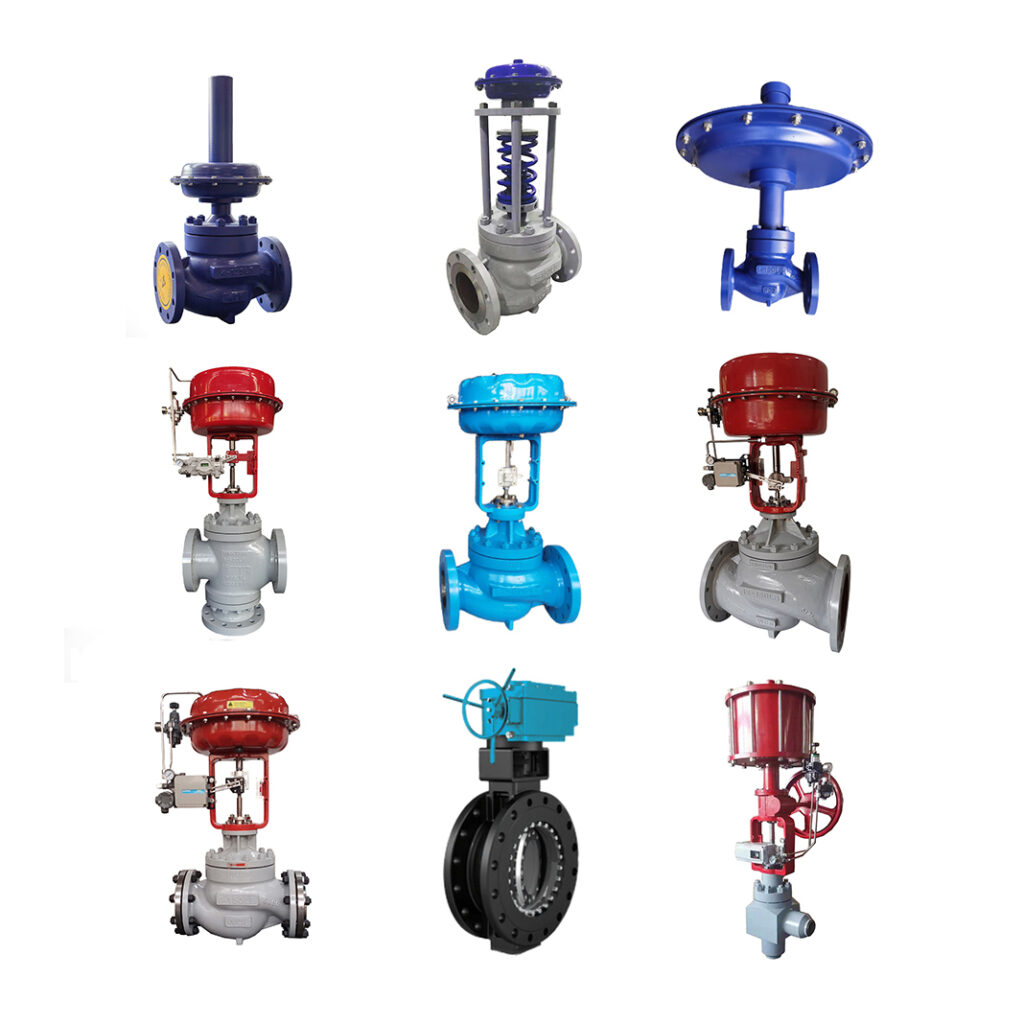Discovering the Functionality of Modern Control Valves in Industrial Applications
Discovering the Functionality of Modern Control Valves in Industrial Applications
Blog Article

Maximize Power Financial Savings and Convenience With Advanced Building Automation Controls
In the realm of modern architecture and facility monitoring, the assimilation of advanced building automation controls stands as a critical innovation. The merging of technology and sustainability has birthed a new age where power performance, convenience optimization, and functional streamlining are no longer remote ambitions but possible truths. By utilizing the power of automation, structures can adapt, respond, and progress in methods that were when unbelievable. The capacity for significant energy savings and boosted convenience is not just a guarantee yet a possibility waiting to be met. This standard change in building monitoring holds the essential to opening a world where ecological conscientiousness and owner wellness sympathetically exist together within the walls of our frameworks.
Energy Effectiveness Conveniences
Energy efficiency advantages can considerably lower energy consumption and operational costs in buildings. By executing energy-efficient techniques and technologies, building proprietors and drivers can achieve substantial financial savings while additionally contributing to environmental sustainability. Among the key advantages of boosting energy effectiveness in structures is the decrease of utility expenses. Energy-efficient systems, such as sophisticated structure automation controls, can enhance the usage of sources like lights, air conditioning, and home heating, resulting in reduced energy costs gradually.
Moreover, improved energy performance can extend the lifespan of structure devices and systems. By operating extra effectively, a/c systems, lighting components, and other structure elements experience less damage, causing lowered upkeep and substitute prices. In addition, energy-efficient structures frequently regulate higher residential property values and rental prices, giving long-lasting monetary benefits to owners.
Furthermore, energy efficiency can boost owner comfort and performance. Appropriately controlled interior settings with optimum lights and thermal problems create a more helpful and pleasurable workspace, causing boosted employee satisfaction and performance. In general, the power performance benefits related to sophisticated building automation controls are complex, including expense financial savings, environmental stewardship, and passenger well-being.
Enhanced Convenience Control
Enhancing convenience control in structure settings calls for a sophisticated combination of sophisticated automation systems for optimal resident well-being. By utilizing advanced building automation controls, facilities can tailor the interior atmosphere to satisfy the certain needs and preferences of residents. control valves.
By incorporating these sophisticated controls, buildings can not just boost comfort however likewise enhance power efficiency by maximizing system operations based on real occupancy and usage patterns. Eventually, prioritizing passenger convenience through innovative automation systems leads to a more enjoyable and much healthier indoor setting.
Functional Effectiveness Improvements

In addition, the application of real-time surveillance and analytics tools allows structure operators to determine power inefficiencies and functional anomalies immediately. By continuously checking energy use patterns and system performance metrics, modifications can be made in real-time to enhance energy intake and ensure peak functional performance. control valves. Additionally, integrating need reaction methods into structure automation controls can better enhance functional effectiveness by dynamically changing energy usage based on grid problems and prices signals
Indoor Climate Optimization
Efficient interior environment optimization is a fundamental facet view it of building automation controls, making certain passengers' comfort and health while making the most of power cost savings. By using advanced sensing units and controls, developing automation systems can constantly keep track of and readjust temperature level, humidity degrees, air top quality, and air flow to develop an optimum indoor setting. Preserving comfy and constant problems not only improves passenger contentment but additionally boosts productivity and general wellness.
Interior environment optimization also plays a critical function in energy performance. By fine-tuning cooling, air flow, and heating systems based on real-time data and occupancy patterns, developing automation controls can significantly decrease power usage - control valves. Carrying out techniques such as demand-controlled ventilation and thermal zoning can assist lessen power waste while making certain that each location of the structure receives the necessary conditioning.

Lasting Setting Production
Structure automation regulates not just optimize indoor climate problems for power effectiveness and occupant comfort but additionally lay the structure for creating a lasting atmosphere through strategic monitoring of systems and resources. By incorporating innovative building automation modern technologies, such as sensors, actuators, and smart software, facilities can keep an eye on and readjust power use in real-time to decrease waste and lower their carbon impact. click reference These systems make it possible for anticipating upkeep, identifying potential problems prior to they rise and maximizing equipment performance to boost longevity and effectiveness.
Moreover, lasting setting development prolongs past energy monitoring to include water conservation, waste reduction, and interior air top quality enhancement. Building automation controls can control water usage, identify leaks, and make sure correct garbage disposal techniques, adding to overall sustainability efforts. Furthermore, by controlling and keeping track of ventilation and filtration systems, these technologies improve passenger health and productivity while reducing energy consumption connected with heating and cooling operations.
Final Thought
In verdict, progressed building automation controls offer substantial benefits in regards to energy financial savings, convenience control, operational efficiency, interior climate optimization, and producing a lasting environment. By applying these controls, structures can achieve ideal efficiency while reducing energy intake and improving owner comfort. It is noticeable that using advanced automation innovation is essential in improving building efficiency and creating an extra sustainable future.
Power performance advantages can considerably minimize power intake and operational expenses in structures. In general, the energy effectiveness benefits connected with sophisticated structure automation controls are complex, incorporating price savings, environmental stewardship, and passenger health.
Additionally, incorporating demand response strategies right into structure automation controls can additionally boost functional efficiency by dynamically adjusting power use based on grid problems and rates signals.
Structure automation manages not only enhance indoor climate problems for power effectiveness and owner convenience but also lay the structure for developing a lasting setting with calculated administration of systems and resources.In conclusion, progressed structure automation controls offer significant advantages in terms of energy cost savings, comfort control, operational efficiency, indoor climate optimization, and developing a lasting environment.
Report this page